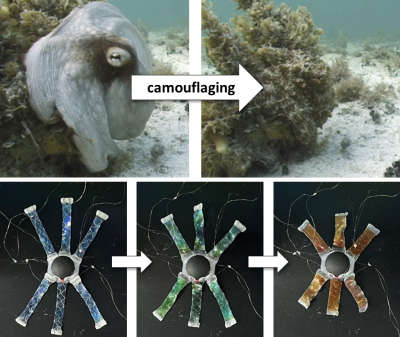Recent research suggests that planets previously deemed uninhabitable due to the absence of water might actually host life forms. This groundbreaking finding challenges longstanding assumptions in astrobiology, revealing that our understanding of where life can thrive may be fundamentally flawed.
The study, published in the journal Proceedings of the National Academy of Sciences (PNAS), highlights that various forms of life could exist in environments without liquid water. This notion stems from the work of scientists at MIT, who have explored the resilience of extremophiles—organisms that thrive in extreme conditions—on Earth.
New Perspectives on Habitability
Traditionally, the search for extraterrestrial life has focused on planets with surface water, as liquid water is considered essential for known biological processes. However, researchers are now examining the potential for life in environments that lack this vital resource. The MIT team argues that alternative life forms could utilize different solvents or adapt to survive in extreme conditions that would be lethal to familiar life.
The lead researcher, Harrison Steen, stated, “This research opens up new pathways for the exploration of life beyond Earth. It encourages us to reconsider which environments might support life.” By investigating the metabolic processes of extremophiles, the team found that some organisms can survive on substrates like salts or even metals.
These findings have significant implications for the ongoing search for exoplanets. The research suggests that astronomers may need to broaden their criteria for habitability when assessing distant worlds. Instead of solely looking for planets with water, scientists could also identify planets with extreme conditions that might sustain alternative life forms.
Impacts on Future Research
This shift in perspective could revolutionize the methods used in astrobiological research. Future missions to explore planets and moons within our solar system and beyond might incorporate this broader understanding of life’s potential habitats. The NASA missions targeting icy moons like Europa and Enceladus, which have subsurface oceans, may benefit from incorporating this new lens on habitability.
With this research, the possibility of life on waterless planets becomes a compelling avenue for exploration. As scientists continue to investigate the limits of life on Earth, they may uncover new forms of biology that challenge our existing definitions.
The implications of this research extend beyond scientific understanding; they also touch on philosophical questions about life in the universe. If life can exist in forms we do not yet comprehend, the quest for extraterrestrial organisms may yield unexpected discoveries.
In conclusion, the findings from MIT prompt a reevaluation of our criteria for life beyond Earth. By considering the potential for existence in unconventional environments, scientists may expand their search parameters and enhance our understanding of life in the cosmos.





































































